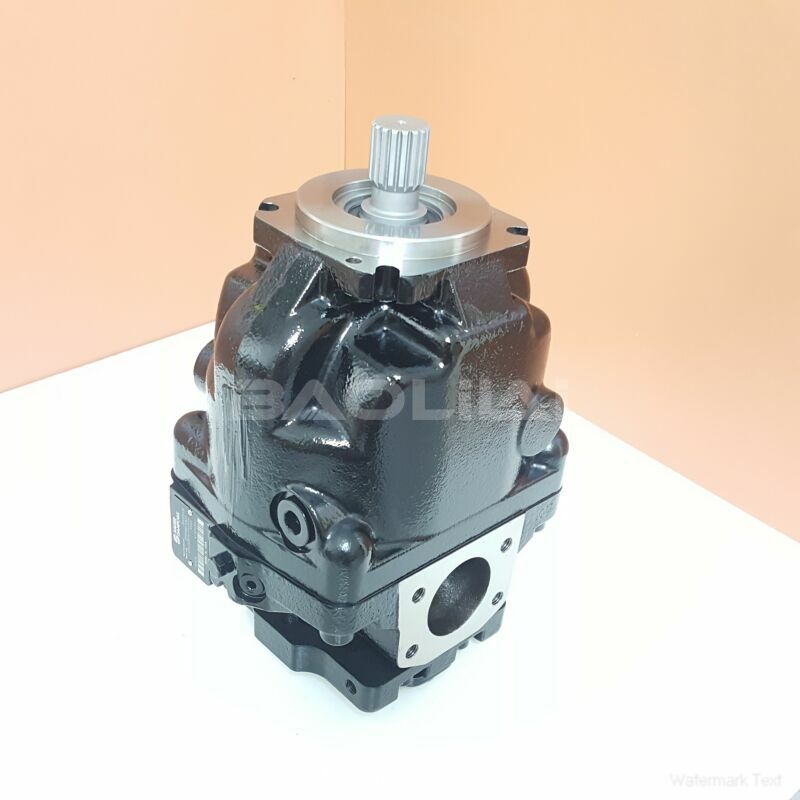ERR100BLS2520NNN3S2BPA1NAAANNNNNN sauer danfoss pump
ERR100BLS2520NNN3S2BPA1NAAANNNNNN sauer danfoss pump

- Product Details
- Applicable Scene
Hydraulic pump cavitation is a common issue that can significantly affect the performance and longevity of fluid systems in heavy machinery. Understanding the causes, symptoms, and troubleshooting steps is essential for maintaining equipment efficiency and avoiding costly repairs. This article outlines how to diagnose and address cavitation in hydraulic systems.
ER-R-100B-LS-25-20-NN-N-3-S2BP-A1N-AAA-NNN-NNN
ERR100BLS2520NNN3S2BPA1NAAANNNNNN
Cavitation occurs when the pressure within the hydraulic fluid drops below its vapor pressure, leading to the formation of vapor bubbles. These bubbles can collapse violently, causing shock waves that damage pump components and disrupt fluid flow. Identifying cavitation early can prevent severe damage to the hydraulic system.

83008849
Symptoms of Cavitation
Before troubleshooting, it’s vital to recognize the signs of cavitation:
Unusual Noise: A grinding, rattling, or knocking noise from the pump can indicate cavitation as the imploding bubbles create vibrations.
Reduced Performance: A drop in hydraulic pressure or flow rates is often a sign that cavitation is affecting the pump’s efficiency.
Increased Temperature: Overheating of the hydraulic fluid can occur due to increased friction from bubble collapse, leading to wear on components.
Visible Damage: Inspect the pump for signs of wear or pitting on impellers and housing, which may indicate cavitation-related damage.
Troubleshooting Steps
If cavitation is suspected, follow these troubleshooting steps to address the issue:





